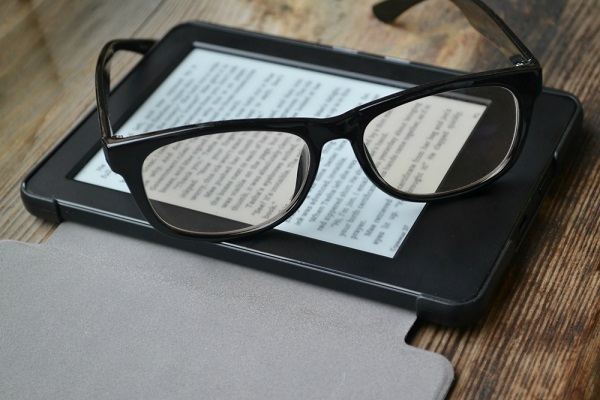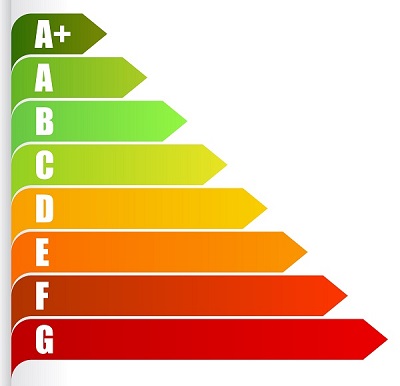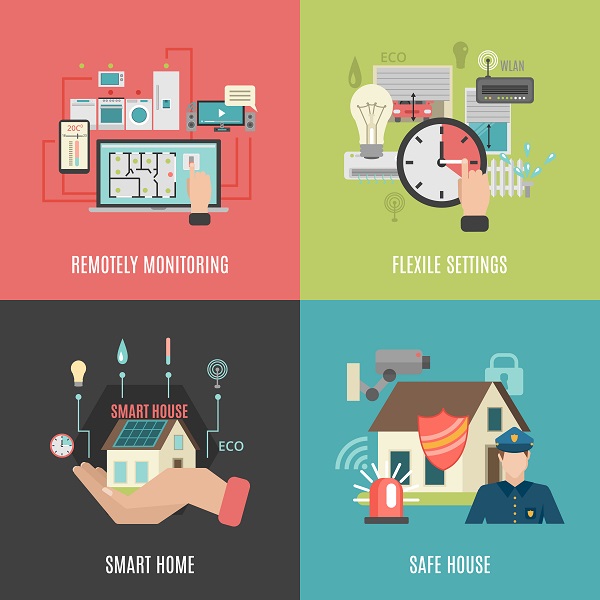Beyond Gutenberg
“Reading on paper is so much a part of our lives that it is hard to imagine anything could ever replace inky marks on shredded trees.” Bill Gates - 1999
In the article Beyond Gutenberg, Bill Gates predicted the wholesale replacement of pressed wood pulp books by electronic or eBooks. What does digital versus paper media have to do with Smart Homes and Energy Performance Certificates? Read on to find out more ...

Fifteen years on from Gates' prediction, paper retains a comfortable coexistence with eBooks. Nowadays it's not paper-or-pixels but paper-and-pixels. Part of the enduring appeal is the physical experience of paper as well as the lack of device related distractions, but also the fact that you can't easily atomise (break up in to its basic elements or constituent parts) the contents of a book. Be it in pixels or on paper, a story or piece of prose remains a linear experience with a beginning, a middle and an end, all meant to be read from start to finish. However, where information or data can be atomised, then pixels or digital media offer considerable advantages over paper. Let me explain.
Just like a book, a document is a pre-digital information container, an idea that has been around since the invention of the printing press by Johannes Gutenberg in 1440. For a while the use of digital tools such as PCs, word processors and printers, particularly in the 25 years from the mid-1980s to the end of the 20th century, increased rather than reduced the use of paper documents. However, the tide is on the turn.

Atomisation of Data
Paper documents are static immutable snapshots of events in time, one-off commitments of information and data to paper. Released from the confines of their physical containers, information and data are free to be discrete fully digital atomic elements with both richness and reach. Free to flow and group, ungroup and then regroup in real time into new and different forms and collections based on value and meaning to the user (the pull metaphor) rather than audience and purpose determined by the author (the push metaphor). For example just as online music has moved beyond the album and CD as the main units of organisation to individual tracks or user-generated or even suggested playlists, so too information and data are moving beyond the document towards the use of databases and animated data visualisation tools, dashboards and charts for real time status updates, map displays for geographical data and timelines for events. The main technological drivers here are ubiquitous Internet connectivity, massive cloud storage capacity, the emergence of the internet of things, and pervasive use of mobile devices so that information and data are available anytime-any-place-anywhere on desktop or mobile devices in real time and in multifarious and flexible forms thus reducing the need for printed documents.

As it is the time of year for predictions, let’s look at a real world property market example to see how this might play out practically in the coming years.
Energy Performance Certificates
An Energy Performance Certificate (EPC) is required by law when a building is constructed, sold or put up for rent. Currently an accredited domestic energy assessor will carry out the assessment and produce the paper certificate together with recommendations on how performance could be further improved.

Smart Home
In the future there will be no requirement for paper Energy Performance Certificates and this will disrupt energy assessors and websites offering EPCs. A smart home, with a smart boiler, smart windows and smart energy meters connected to a smart energy grid and the Internet would throw off energy performance data in real time for display in a dashboard or timeline. Digital agent software will monitor energy usage and manage appliances to use energy more efficiently as well as make recommendations.

Smart Grid
The website at Smart Energy GB says:
“We have to find ways to reduce our carbon emissions through using smarter appliances which make more efficient use of gas and electricity.”
“The smart grid is a whole new way of running our energy networks. It’s made up of new technologies, equipment, computers, automation and controls, all communicating and working together. It’s a bit like an internet for gas and electricity.”
Collaborative Platform for Home Movers
What’s needed to augment Smart Homes on a Smart Grid, is a collaborative platform for home movers and property professionals which would include a property identity to hold and display such data, a kind of Facebook or LinkedIn for the property market. Such a platform might also contain an online service history for your house just like you have for your car. Such data displayed in a timeline could act as a home condition report and might also contain Home Buyer Survey and Building Survey findings rather than the current document based reports. Such a bold digital business model would go some way to meeting the coming generation’s expectations and appetite for seamless online digital services.
Facing the Digital Imperative
Such disruptive technological changes are certainly achievable and this creates threats for incumbents slow to move and opportunities for those with the digital vision, leadership and agility to pursue them. In another 15 years at the end of 2030, we will look back again to see how much of this has materialised and who were the winners and who the losers. In the meantime make sure you are on the winning side. Contact the author Kevin Hopkins, leave a comment below or sign up to be notified of future posts at the foot of this page and finally make sure to visit the Academy of Digital Business Leaders to find out more about the digital leadership necessary to successfully face the Digital Imperative.